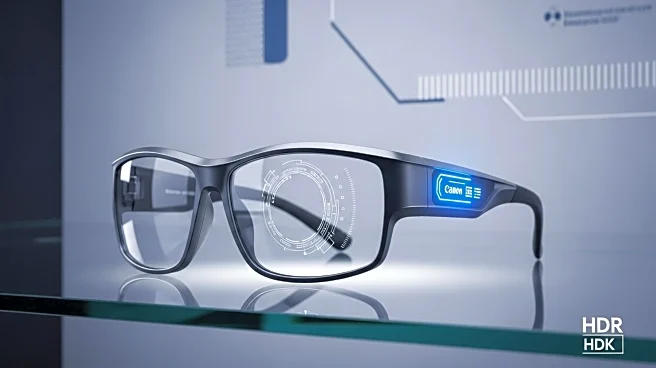What's Happening?
Scientists have discovered a novel technique using kiri-origami structures to create high-performance stretchable electronics from non-stretchable materials. This innovative approach combines origami and kirigami techniques, allowing for the fabrication of devices that maintain electronic performance while being flexible. The research, led by Professor Eiji Iwase and Mr. Nagi Nakamura from Waseda University, aims to overcome the limitations of stretchable materials, which typically offer lower electrical performance compared to rigid materials. The findings were published in npj Flexible Electronics, showcasing potential applications in wearable sensors, curved displays, and robotics.
Why It's Important?
The development of kiri-origami structures for stretchable electronics represents a significant advancement in the field of flexible technology. This technique could lead to the creation of next-generation devices that are both high-performing and adaptable to various shapes, enhancing applications in consumer electronics, healthcare, and robotics. By enabling the integration of rigid electronic components into flexible designs, this innovation could drive the evolution of wearable technology and smart devices, offering new functionalities and improving user experience.











